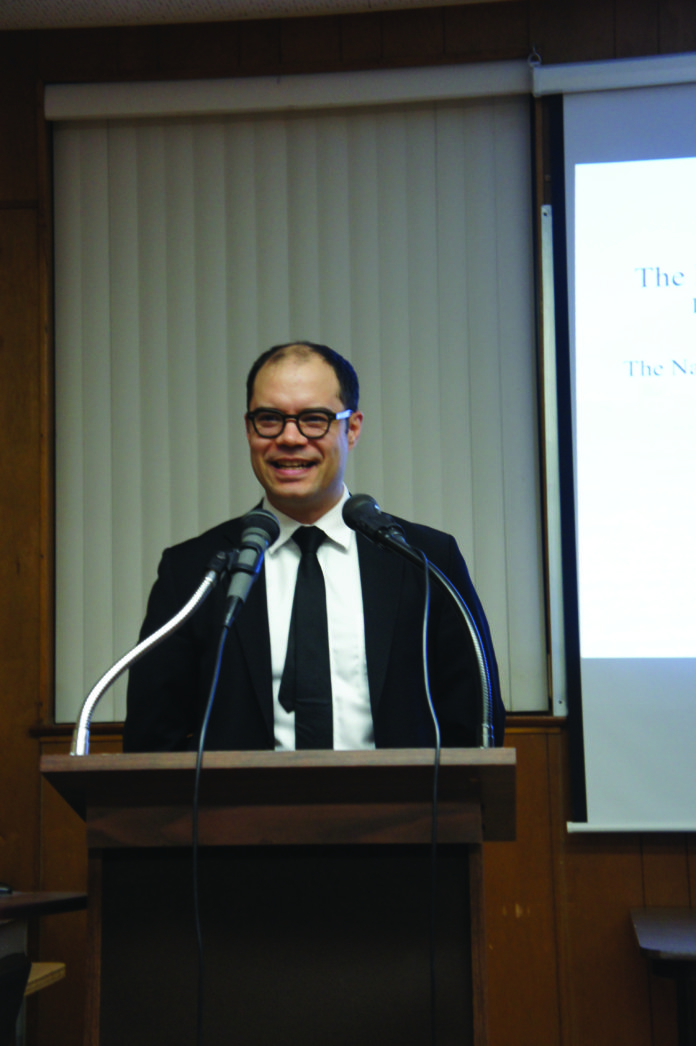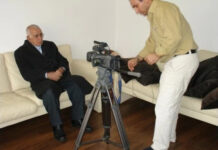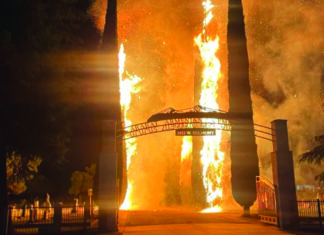By Aram Arkun
Mirror-Spectator Staff
BELMONT, Mass. — Dr. Owen Miller summarized his research on the massacres of Armenians in Sasun in 1894 at a talk at the National Association for Armenian Studies and Research (NAASR) on March 16.
Miller, an affiliated faculty member this year at Emerson College in Boston, was introduced by Marc Mamigonian, NAASR’s director of academic affairs.
Miller, a graduate of the University of California Santa Cruz, with master’s and doctoral degrees from Columbia University, completed his doctoral dissertation in 2015 on Sasun. He accompanied his talk at NAASR with PowerPoint illustrations and the caveat that his research on Sasun is still ongoing and thus incomplete.
Miller came to his dissertation topic in an unusual manner. He explained that he began studying Ottoman Turkish at Columbia with a textbook written by V. Hovhannes Hagopian, which he found quite good. Becoming curious about Hagopian’s life, Miller did some research and was shocked to learn that Hagopian, a star professor at Anatolia College in Merzifon in the east of the Ottoman Empire, was killed during the Armenian Genocide. This inspired Miller to learn more about the Genocide, and in turn got him interested in the autonomous mountainous region of Sasun south of the city of Mus (Moush). Sasun was under the rule of Kurdish feudal lords in the first part of the 19th century, but central Ottoman forces came to conquer its small principalities.
Miller, who often made connections to pertinent events elsewhere in the world during his talk, pointed out that the Ottomans bought modern rifles and other weaponry from the US and Europe to gain an advantage over local feudal forces. He said that the Ottoman efforts were similar to the conquest of the Mayan uplands in the 1850s, or French campaigns in the mountainous areas of North Africa. The same technology was used for dominance throughout the world.










